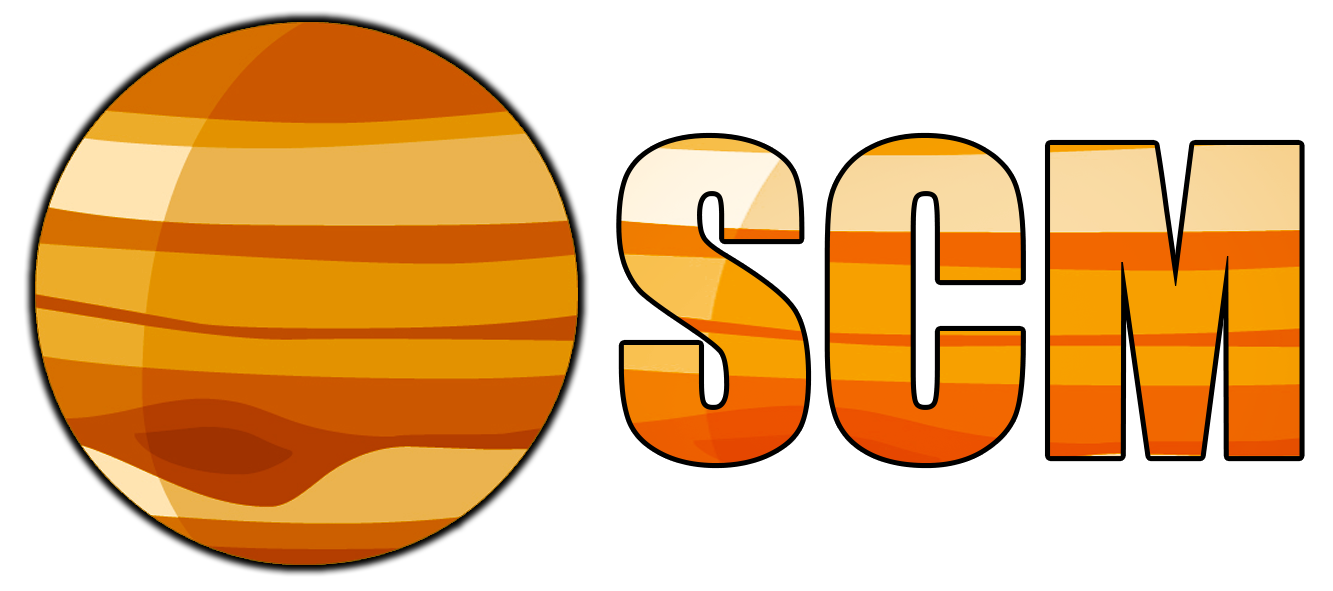Reverse logistics is the process of managing the return, reuse, or disposal of products, materials, or components. Reverse logistics is becoming more important and challenging due to the growth of e-commerce, consumer expectations, environmental regulations, and product lifecycle management. Therefore, many companies are looking for innovative technologies and strategies to improve their reverse logistics performance and sustainability.


Some of the top emerging technologies disrupting reverse logistics are:
-E-Waste Reverse Supply Chain
This trend involves the responsible collection, transportation, recycling, and disposal of electronic waste, such as computers, smartphones, and batteries. E-waste reverse supply chain initiatives aim to reduce the environmental and social impacts of e-waste, recover valuable materials, and create new business opportunities. For example, [EcoATM] is a startup that offers automated kiosks that buy back used electronics and pay consumers instantly.
– Cloud-powered Reverse Logistics
This trend involves the use of cloud-based platforms and software to manage and optimize the reverse logistics process. Cloud-powered reverse logistics solutions enable real-time visibility, data analytics, automation, and collaboration across the supply chain. For instance, [Revers.io] is a startup that provides a cloud-based platform that connects retailers, carriers, and repair centers to simplify and automate the returns and after-sales service process.
– Recommerce
This trend involves the resale of used or returned products, such as clothing, books, or furniture. Recommerce initiatives aim to extend the product lifecycle, reduce waste, and generate additional revenue. For example, [ThredUp] is a startup that operates an online marketplace that sells secondhand clothing and accessories.
Challenges of reverse logistics
Some of the challenges of reverse logistics are:
– Costs:
Reverse logistics can be costly due to expenses related to the collection, transportation, processing, and disposal of used or defective products. These costs can vary depending on the product type, condition, and destination. To reduce costs, companies need to optimize their reverse logistics network, leverage economies of scale, and negotiate with partners.
– Visibility:
Reverse logistics can be complex and unpredictable due to the lack of control and visibility over the return flows. Customers may initiate returns at any time, for any reason, and through any channel. This can create uncertainty and inefficiency in the reverse logistics process. To improve visibility, companies need to implement effective tracking and monitoring systems, use data analytics, and communicate with customers and partners.
– Quality:
Reverse logistics can affect the quality and reputation of the products and the brand. Customers may return products that are damaged, defective, or counterfeit. These products may require inspection, testing, repair, or disposal. To ensure quality, companies need to establish clear and consistent return policies, standards, and procedures, as well as train and certify their staff and partners.
– Sustainability:
Reverse logistics can have significant environmental and social impacts due to the generation of waste, emissions, and pollution. Customers may expect companies to adopt sustainable practices, such as refurbishing, recycling, or donating returned products. To enhance sustainability, companies need to align their reverse logistics strategy with their corporate social responsibility goals, comply with relevant regulations, and engage with stakeholders.
Difference between forward and reverse logistics
Forward logistics and reverse logistics are two complementary processes that manage the flow of goods and materials in a supply chain. The main difference between them is the direction and purpose of the flow.
Forward logistics is the process of moving goods from the manufacturer or supplier to the customer or end-user. It involves activities such as production, packaging, warehousing, transportation, and distribution. The goal of forward logistics is to deliver the right product, at the right time, to the right place, and at the right cost.
Reverse logistics is the process of moving goods from the customer or end-user back to the manufacturer or supplier. It involves activities such as collection, inspection, repair, refurbishment, recycling, and disposal. The goal of reverse logistics is to recover the value, reduce the waste, and improve the sustainability of the products.
Some examples of forward logistics are:
- – A clothing company produces and ships its products to various retailers and online platforms.
- – A food delivery service transports and delivers meals from restaurants to customers.
- – A furniture store orders and receives its inventory from different suppliers.
Some examples of reverse logistics are:
- – A customer returns a defective product to the seller and gets a refund or a replacement.
- – A company collects and recycles its used packaging materials and containers.
- – A charity organization accepts and distributes donations of unwanted clothes and books.
Benefits of reverse logistics
Reverse logistics is the process of managing the return, reuse, or disposal of products, materials, or components. Some of the benefits of reverse logistics are:
- – It can lower costs by reducing transportation, administration, repair, and disposal expenses.
- – It can improve customer satisfaction and loyalty by providing a positive and convenient return experience.
- – It can enhance brand reputation and image by demonstrating social and environmental responsibility.
- – It can increase revenue and profitability by reselling, refurbishing, or recycling returned products.
- – It can optimize asset utilization and inventory management by recovering and reusing valuable materials and resources.
These are some of the benefits of reverse logistics, but there are also some challenges and complexities involved in this process. If you want to learn more, you can check out these web sources:
- – [6 Benefits of Reverse Logistics]: This article explains how reverse logistics can help your business save money, reduce wastage, boost sustainability, and build customer loyalty.
- – [What is Reverse Logistics? | Types & Benefits]): This guide provides a definition and overview of reverse logistics, as well as some examples of different types of reverse logistics activities.
- – [The Benefits of Reverse Logistics and Sustainability]: This report discusses how reverse logistics can have a positive impact on the environment and society, as well as some best practices and recommendations for implementing reverse logistics strategies.
Quick Takeaways – Reserve Logistics
1. Automation: Emerging technologies such as robotics, artificial intelligence (AI), and machine learning are automating various aspects of reverse logistics, including product inspection, sorting, and inventory management, leading to increased efficiency and reduced operational costs.
2. Internet of Things (IoT): IoT devices and sensors are being used to track and monitor returned products throughout the reverse logistics process, enabling real-time visibility, improved traceability, and more accurate inventory management.
3. Blockchain: Blockchain technology is being implemented to enhance transparency and trust in reverse logistics operations. It enables secure and immutable record-keeping, facilitates authentication and verification of returned products, and streamlines processes involving multiple stakeholders.
4. Predictive Analytics: Advanced analytics and predictive modeling are being leveraged to analyze historical data and identify patterns, enabling more accurate demand forecasting, optimized inventory management, and proactive decision-making in reverse logistics.
5. Augmented Reality (AR): AR technology is being used to assist technicians in the repair and refurbishment of returned products. It provides real-time guidance, remote support, and interactive visualizations, improving efficiency and reducing errors in the repair process.
6. Drones and Autonomous Vehicles: Unmanned aerial vehicles (drones) and autonomous vehicles are being explored for their potential in reverse logistics, particularly for last-mile delivery and collection of returned items. They offer faster and more flexible transportation options, especially in remote or congested areas.
7. 3D Printing: Additive manufacturing, or 3D printing, is disrupting reverse logistics by enabling on-demand production of spare parts and reducing the need for storing large inventories. It improves supply chain agility, shortens lead times, and reduces costs associated with obsolete or hard-to-find parts.
8. Mobile Applications: Mobile apps are being developed to facilitate seamless communication between customers, service providers, and logistics teams in the reverse logistics process. They enable easy return initiation, status tracking, and personalized customer support.
9. Sustainable Solutions: Emerging technologies are enabling more sustainable practices in reverse logistics. For example, renewable energy sources, such as solar power, are being used to fuel logistics operations, while eco-friendly packaging materials and recycling technologies are reducing waste and promoting circular economy principles.
10. Collaboration and Data Sharing: Technologies are facilitating collaboration and data sharing among stakeholders involved in reverse logistics, including manufacturers, retailers, logistics providers, and customers. This enables improved coordination, faster decision-making, and better overall performance.
These emerging technologies are revolutionizing the field of reverse logistics, offering opportunities for increased efficiency, improved customer experience, and more sustainable practices. By embracing these technologies, businesses can stay ahead of the curve and adapt to the changing landscape of reverse logistics.
Check out our previous post by clicking here: Setting Up Standard Operating Procedures for Reverse Logistics

